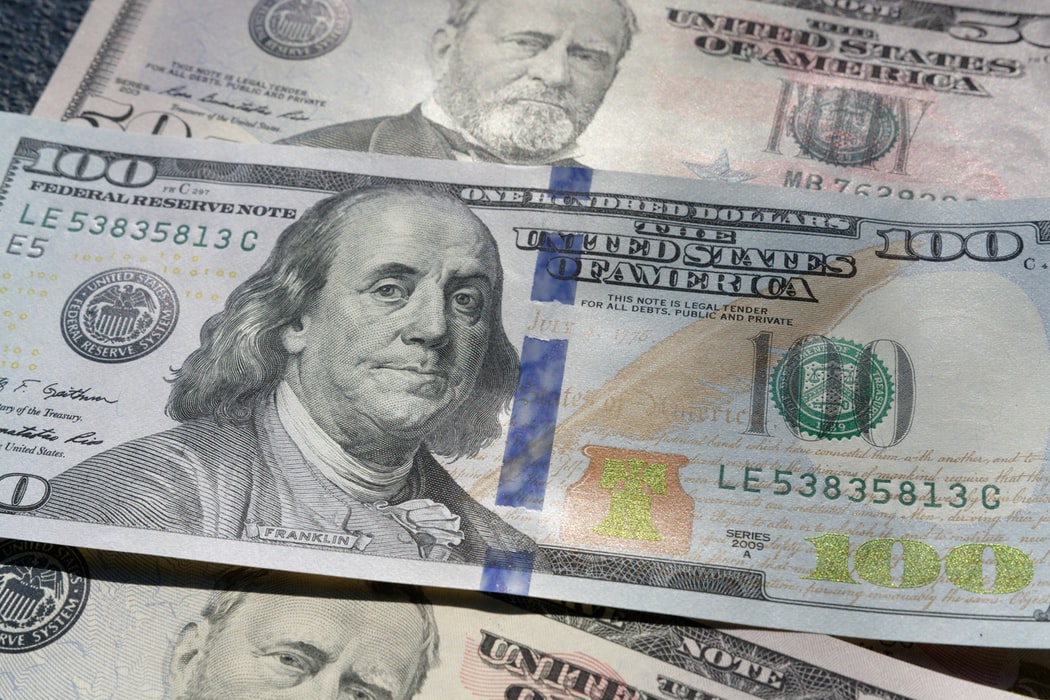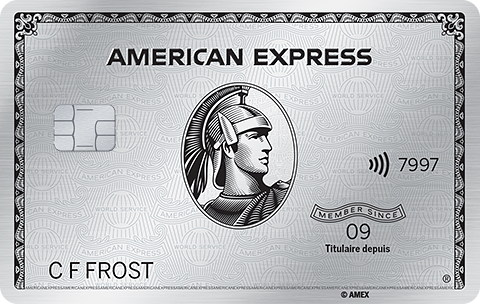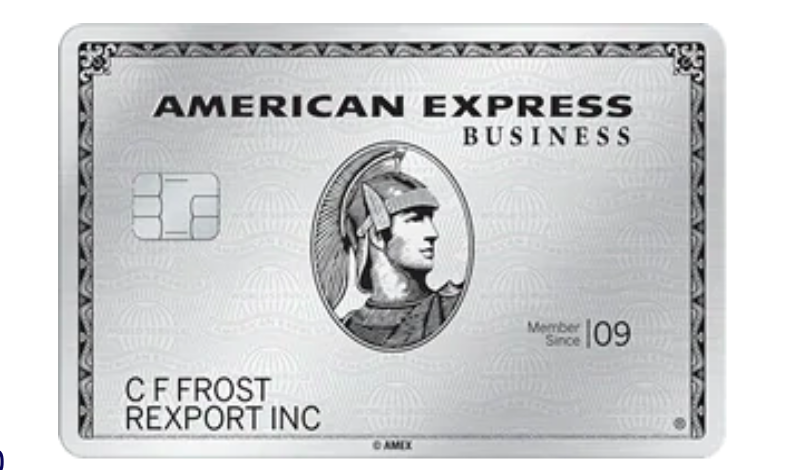Disclosure: I receive NO compensation from credit card affiliate partnerships. Support the blog by applying for a card through my personal referral links
Just last week, J.P. Morgan Chase CEO Jamie Dimon publicly stated that a bad recession is on the horizon. He stated how a global pandemic has not only affected the physical health but also the economic health of people globally. Over the last couple of weeks, we’ve seen Chase hand certain customers a $100 statement credit. This credit has been given to customers who currently hold the Chase Sapphire Reserve, particularly those having a renewal annual coming due soon. So what’s Chase thinking behind this and will other banks follow suit? Let’s take a closer look.
$100 Statement Credit
View from the Wing reported about how Chase was sending secure messages to certain customers about the $100 credit. Not too long ago, Chase increased the annual fee on the Chase Sapphire Reserve from $450 to $550. While they added a few benefits, I outlined in this post as to why I was intent on downgrading the card. If Chase is sending $100 credits to customers en masse, what does it mean?
Market Conditions
Market conditions in January were a lot different. The threat of Covid19 didn’t seem as potent. The market was chugging along. We were actually seeing an arms race for premium travel credit cards. Banks were coming up with new products and were looking to add benefits and increase fees. We even saw rumors about Amex possibly launching another premium card, one targeting the customer segment between the Amex Platinum and Centurion cards.
Here are a few possible reasons why Chase preemptively sent out the $100 credit:
- Given current market conditions, Chase reckons the extra $100 could well be a sticker shock for customers who have annual fees due in the coming weeks or months. The $100 increase in annual fee was a 22% increase to the previous annual fee of $450
- In a slow market, Chase reckons it’s better to spend an extra $100 to retain an existing cardholder instead of spending way more in the future to re-acquire new customers for premium card products
How will other banks react?
Chase’s situation was slightly different. They’d just increased fees on the Sapphire Reserve. However, I’m interested to see how this plays out with Amex’s premium card products. I reached out to Amex via their online chat function to ask about my Aspire Card.
Me: Given the current stay at home orders, I’m not sure how many (if any) Hilton stays I might end up making in 2020. I wanted to know how airline and resort credits would be treated in light of the current state of the travel industry.
Rep: We are constantly evaluating our credit card products, which includes benefits like the ones you mentioned above. We will reach out to cardholders if there’s any change.
The response was on expected lines. I expect Amex to be tread carefully and wait it out. Firstly, Amex hasn’t increased any fees like Chase has done to the Sapphire Reserve. Also, many of Amex’s credits run per calendar year. If things do get worse and we still find ourselves in similar territory even in Fall, I expect Amex to reach out to customers to help them out.
Annual Fees
Another deciding factor is when your annual fee may be due. If you have an annual fee due in the next 2-3 months on a premium travel credit card, this is a good time to reach out to the bank. In the current scenario, banks will clearly prioritize retaining existing profitable customers and are more likely to offer short term incentives as credits. You can read my post on how to ace the retention call before you speak to the bank.
Customer acquisition is an expensive proposition. A lot of research goes into developing a new card product. A lot of costs are incurred while launching and marketing the product. Chase’s $100 credit is a clear sign that the bank is focusing on customer retention. Chase reckons that its Sapphire Reserve cardholders are its best customers in the consumer credit card space. They generally tend to have higher incomes and credit scores. Instead of losing them altogether, $100 is a cost they’re willing to take up in order to keep their business in the long run.
The Pundit’s Mantra
Many people are looking at premium travel credit cards a lot differently than how they were a few months back. On one hand, they’re unable to use the benefits as they cannot travel. On the other hand, the annual fee appears to be even more expensive when one cannot use the card benefits.
As markets tighten, people are also prioritizing their financial resources on other more vital expenses. With disposable incomes about to shrink, we’ll see a shrinking of spend on travel credit cards. Consequently, banks will earn a lot less in interchange fees. While I don’t see banks reducing annual fees on these premium cards, I won’t be surprised if they start offering more incentives to retain customers. If other banks like Amex and Citi do follow suit, I expect them to do so on a case by case basis instead of a stated a policy across the board for all customers. In short, while not exactly a $100 credit, expect competing banks to offer you other incentives to keep you business.
What do you think about the premium credit card space, given the current market conditions? Do you think Amex and Citi will do something similar? Let us know in the comments section.
___________________________________________________________________________________________________________________
This card is currently offering a 25,000 points bonus and a $0 annual fee for the first 12 months
___________________________________________________________________________________________________________________
Never miss out on the best miles/points deals. Like us on Facebook, follow us on Instagram and Twitter to keep getting the latest content!










